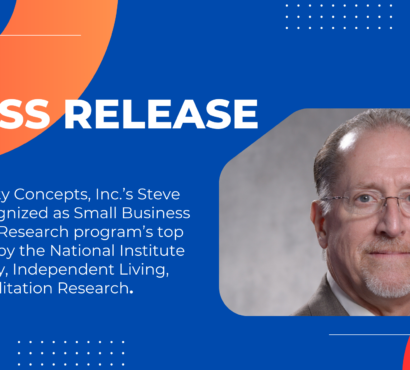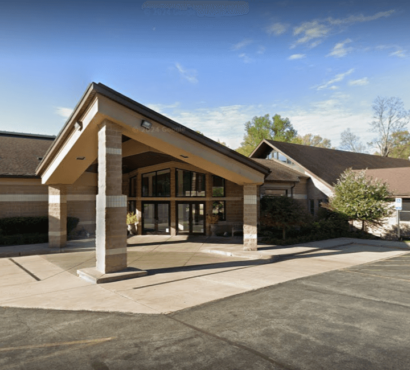The benefits of remote supports have been a true game-changer for employment and residential support organizations/agencies in the Intellectual Developmental Disability (IDD) space. Organizations in the senior care market have also experienced similar benefits from remote supports as it offered a big advancement in the quality of care that they can offer their clients. In general, remote supports have equipped providers with virtual “eyes” inside of the homes of the people they serve without being intrusive to their lives. In turn, it grants the opportunity for the person-served to establish, manage, and achieve their goals and work to achieve and/or maintain a higher degree of independence.
Remote Supports can save organizations time and money.
While the initial expense and funding of some remote supports can be a challenge; the long-term benefits of remote supports can provide a solid return-on-investment. First, it does allow Direct Support Professionals (DSPs) to manage more people more effectively as they can, figuratively speaking, be in more than one place at a time. In addition, some remote supports can lessen the need for DSP supervision; saving organizations thousands of dollars and increasing their bottom lines.
Example: CreateAbility has a client that is looking to supplement 2 hours of DSP time per day with clients with remote supports for the purpose of re-allocating them to different tasks. They chose to replace 2-hour blocks of time in the morning or the afternoon (between shift changes) with MeMinder remote support technology. MeMinder sends alerts to clients and walks them through their responsibilities that take place during that time frame so they can accomplish them on their own. A simple 2 hours saved per day across ten people, over a period of 12 months equated to (drumroll, please…) $153k. (2 hours/day/client X $21/hour X 7 days / week X 52 weeks/year X 10 clients = $152,880/year)
While remote supports are never meant to take the place of human interaction; they can bridge gaps in coverage and allow the clients to live more independently. (Win-win!)
Remote Supports provide continuity in uncertain or challenging times.
In times such as these, when DSPs and Care Providers are unable to meet face-to-face with the people they serve – assistive tech helps bridge the communication gap. No matter the situation, remote support technology continues to assess the client’s activities, health, and well-being regardless of the inability to meet in person. This allows the DSP to be flexible and responsive – and to continue to progress on the person’s care plan.
Example: Lock-down or quarantine requirements set for by the US Government for the reduction in transmission of Covid-19 has left Care Providers scrambling for ways to stay connected without face-to-face communication. Many who are equipped with assistive technologies obtain more continuity of care as data/feedback collection on the person’s care plan has already been implemented, adopted, and continues as normal. Specifically, CreateAbility’s avatalk facilitates remote communication by enabling each party to communicate in the way they each prefer.
Remote supports play a large role in person-centered care plans.
The ability to monitor clients ANY TIME and ANYWHERE has fostered the level of customization that care providers and job coaches need to optimize person-centered care plans. There are a lot of things that can happen between face-to-face visits that can set back the progress on goals or the well-being of the person being served. The higher degree of visibility that remote supports provide allow for quicker response to client needs. Care providers can view data/feedback from technology to take a more proactive role in achieving their goals, increasing client satisfaction, and warding off potential crises.
For more information on how remote supports can benefit your organization, please contact info@createabilityinc.com.



